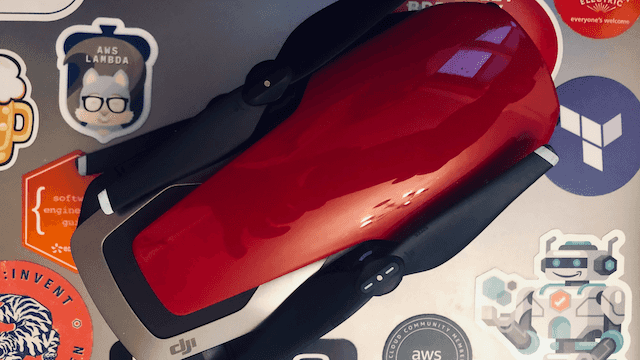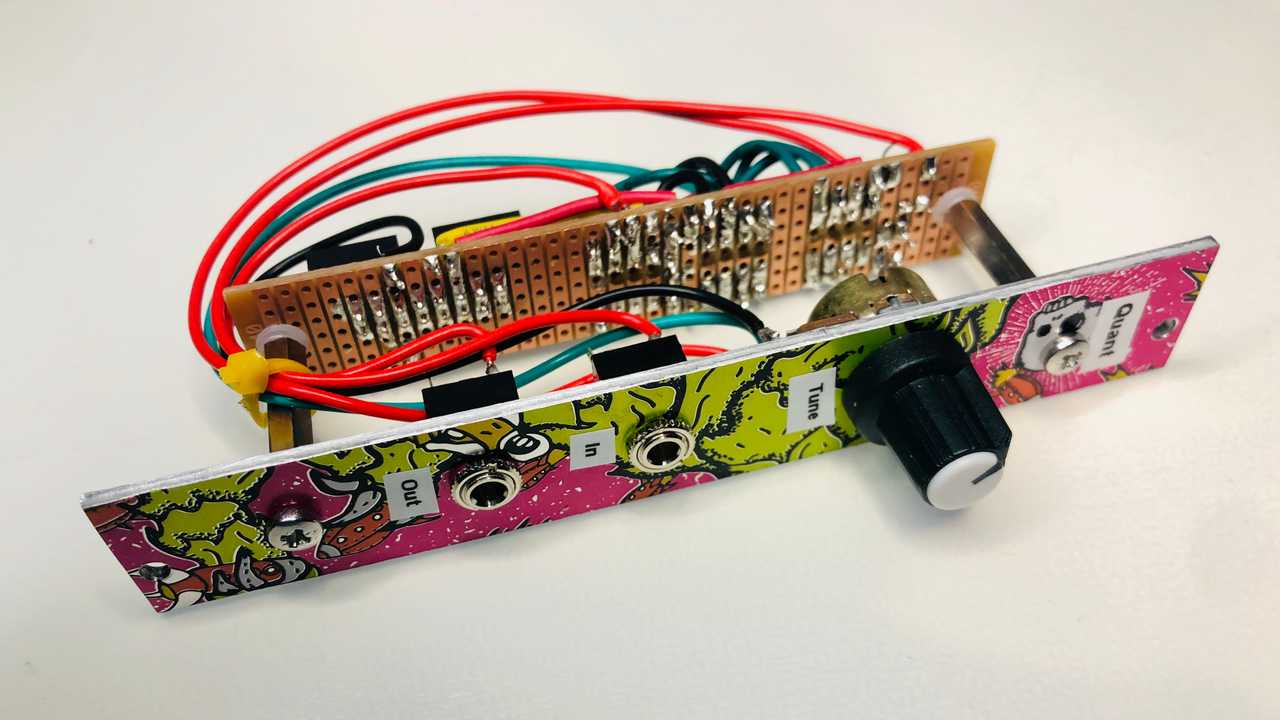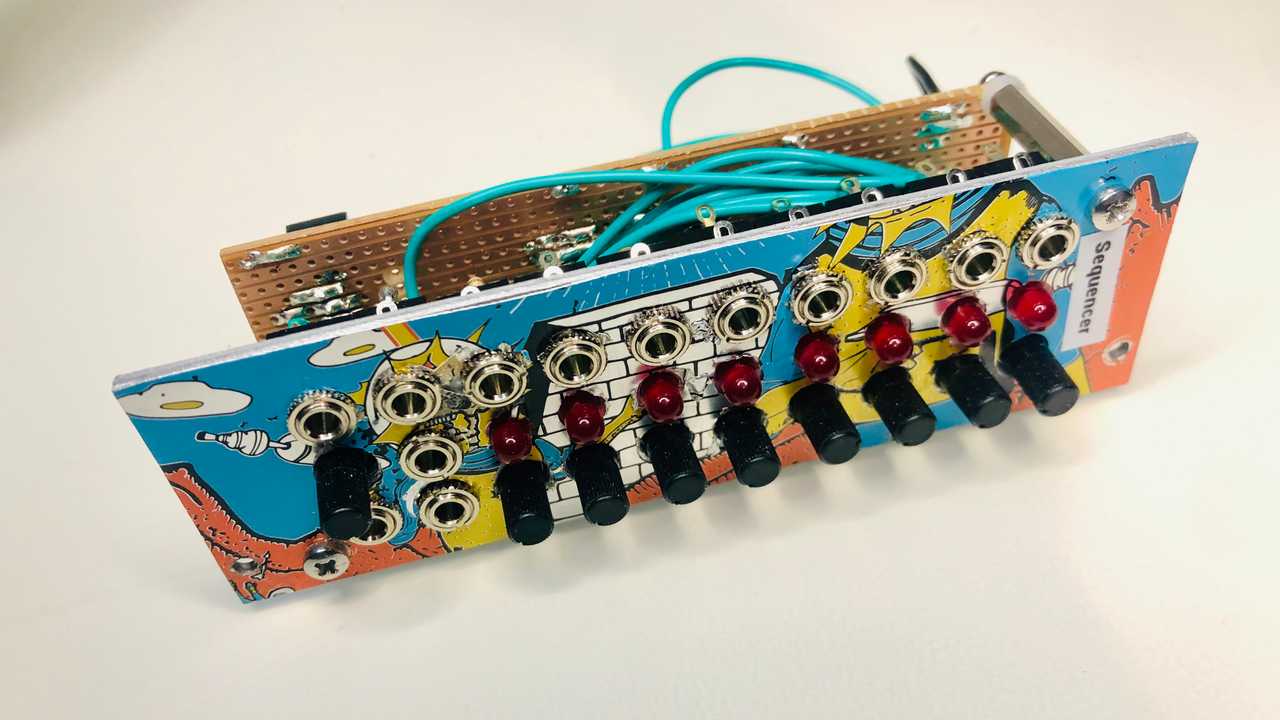I'd spent a while on this topic working out the best approach to follow as there are so many oscillator circuits floating around the 'net. The final decision was to use the CEM3340 chip which has recently been put back into circulation with the CEM3340 revision G
A quick history lesson of this chip shows it was a fundamental building block IC created by Doug Curtis in the late seventies and utilized in so many popular synths; Roland Jupiter 8, Sequential Prophet 5 (later revisions) etc. There are other really useful CEM IC's for VCA's, VCF's too. Put simply; it does a lot of the heavy lifting for you, which you'd need to do yourself if you went down a discrete component approach. Building an oscillator is pretty simple, its an astable circuit that you can build from 555 timer chips or 40106 Schmitt invertors etc. However, the challenge with an oscillator is not just controlling its frequency via voltage, but also catering for the non-linear 1 volt per octave standard that allows you to play notes chromatically. There's also the fun of temperature control / compensation on the frequency and hence tunning drift to consider (typically back to back NPN and PNP transistors).
This excellent series by Moritz Klein does a brilliant job of explaining all of this!
So back to the CM3340 chip. It requires quite a simple circuit to get it working. I used this great article by the excellent Look Mum No Computer
The circuit features:
- Square, Triangle and Sawtooth waveform outputs (simultaneous)
- 1 volt per octave scaling
- Pulse width modulation (PWM) on the square wave
- Voltage control on the PWM duty cycle
- Micro tuning and offset tunning
Here's an overview video of the complete module.




